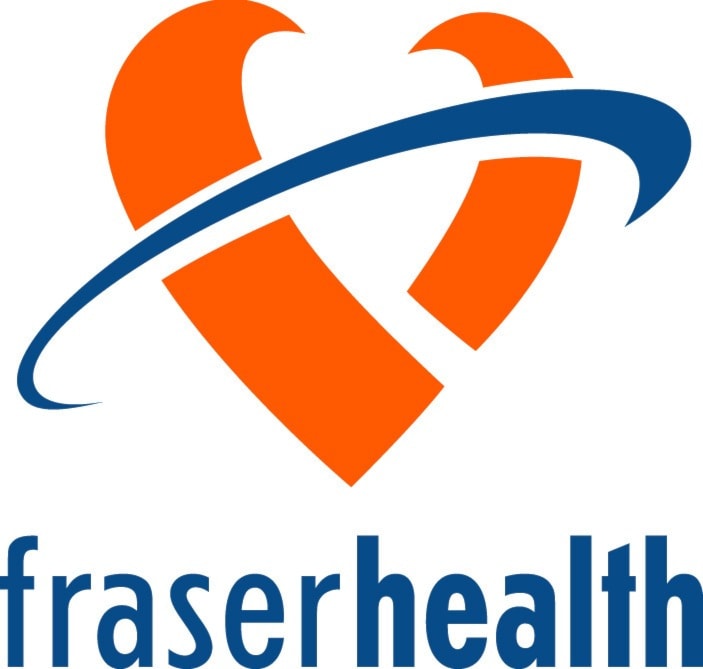Fraser Health has $500,000 in store for Hope and the Fraser Canyon.
On a yearly basis, $275,000 will go towards funding coordination in healthy living, volunteers, youth or health services. $75,000 will go towards developing regional transit, $50,000 will go towards mental health and substance abuse assistance.
There is also a one-time $25,000 trails development fund and $50,000 to fund miscellaneous projects in their so-called micro health grants section. $25,000 has been reserved for contingencies for coordinators.
Fraser Health gave out expression of interest forms at their public meeting in the Fraser Canyon Hospital on Tuesday, but are still figuring out how to disseminate this form to the public.
At the meeting, regional director Petra Pardy and regional medical director Dr. Josh Greggain noted that successful applicants would only get half a year's funding this year.
They elaborate that Fraser Health would already be halfway through its fiscal year by the time a steering committee decides on who to allocate funds to, which they predict will happen in October.
“So that money can be available to spend as early as October,” said Dr. Greggain.
However, proposals should be written as if they were applying for a year.
Successful applicants will enter into a contractual agreement that Fraser Health will monitor on a quarterly basis based on performance.
“[Committee executives] really, really wanted to make sure there's a very robust evaluation framework being utilized, so that if something is not working out ... then we'll not continue with it,” said Pardy.
Pardy said they are looking for a “consistent tool” as a metric for evaluation.
“We're trying to figure out which one is the best, and that's something that will be part of the workshop that you'll have access to,” said Pardy.
The document handed out at the meeting provides hints to what some of the measurements could be.
The $75,000 youth coordinator role, for example, lists the rate of depression, suicide and physical activity as yardsticks, which should impact various health indicators including mental health, substance abuse and physical activity.
It also states where organizations can, and cannot, spend the money. For example, organizations can enhance a service or improve awareness of a service, but organizations cannot duplicate services already available or use the funds to pay for significant equipment outlays.
Read the full story in the Aug. 11 edition of The Hope Standard
